
How Long Do Shrooms Stay in Your System and Can They Cause a Failed Drug Test Result?
Shrooms, magic mushrooms, psilocybin, whatever you call them—they’ve earned their spot as the cool, mystical fungi that can take you on a journey through vibrant
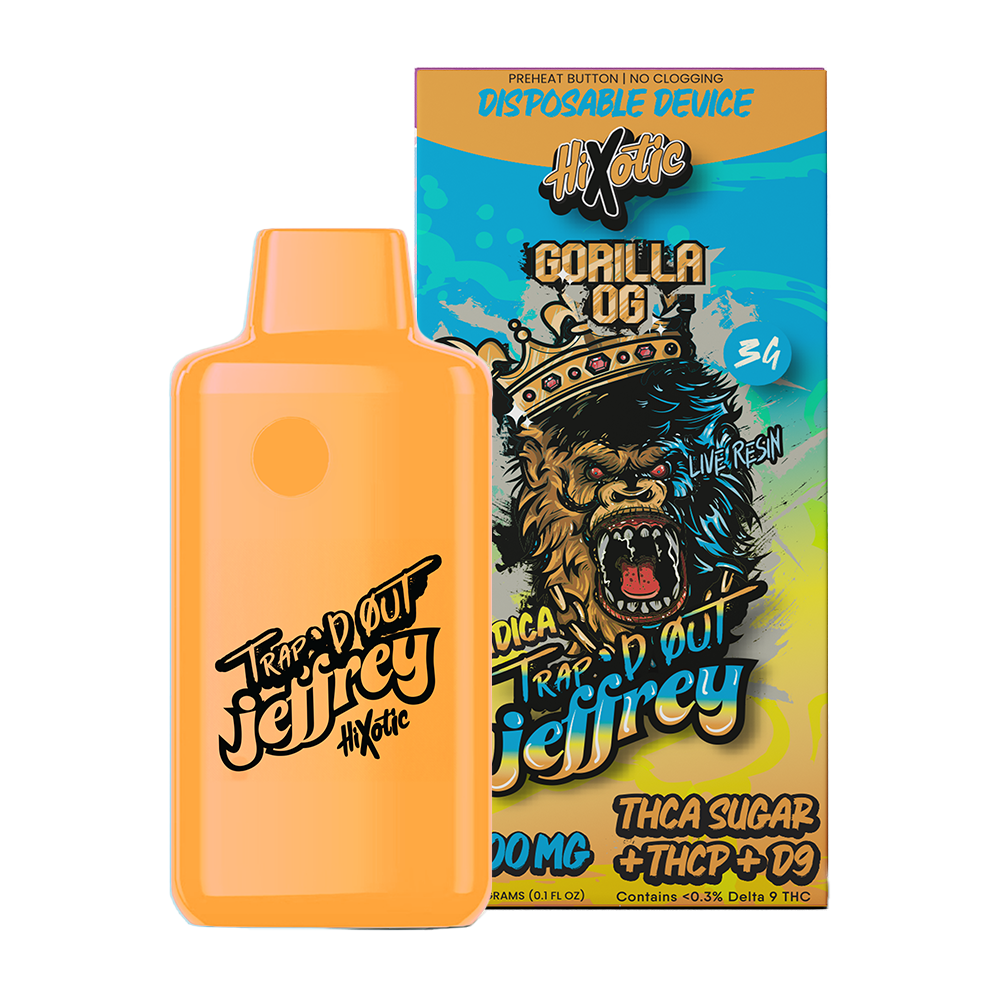

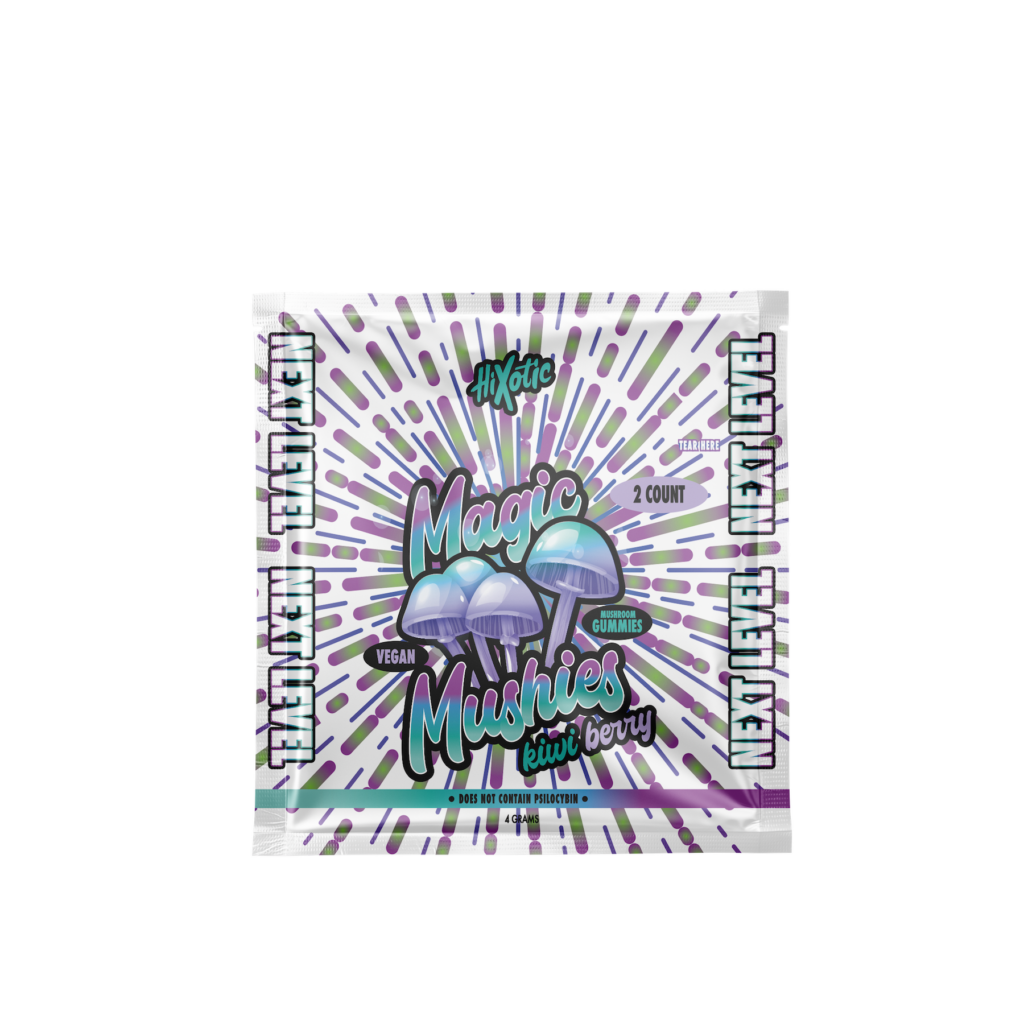
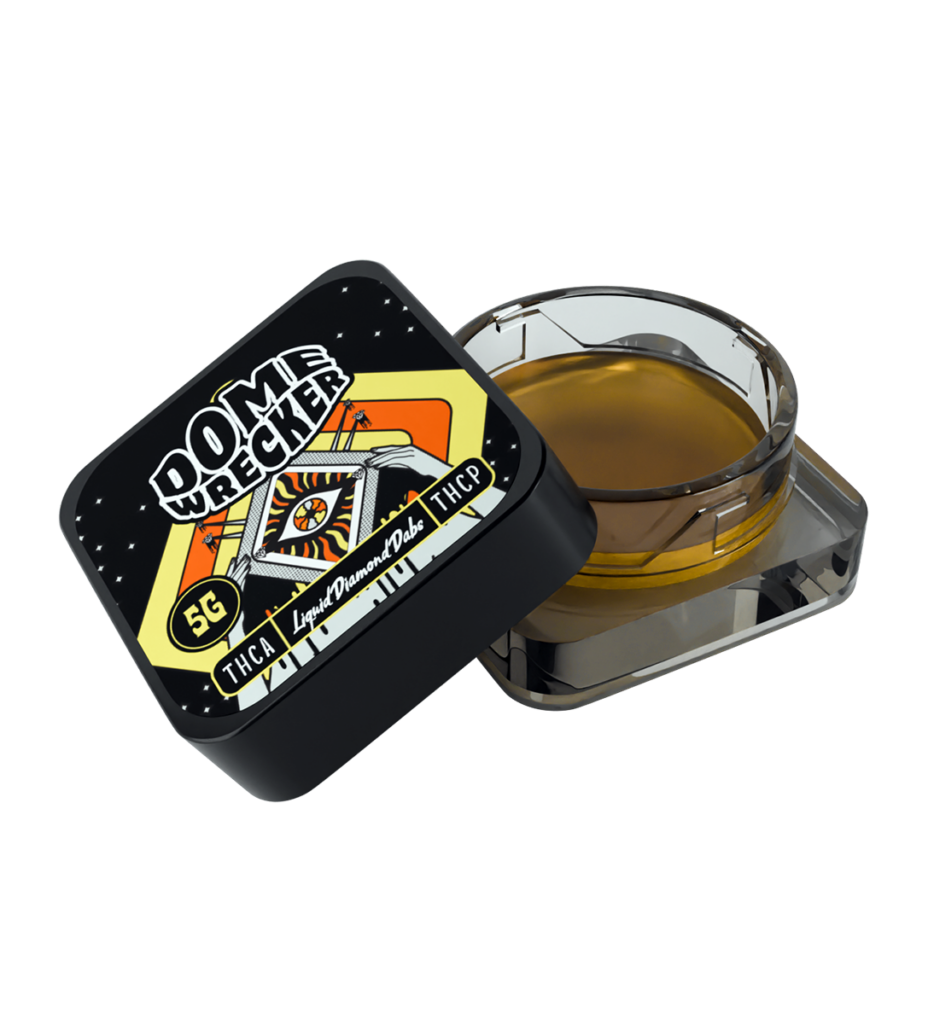
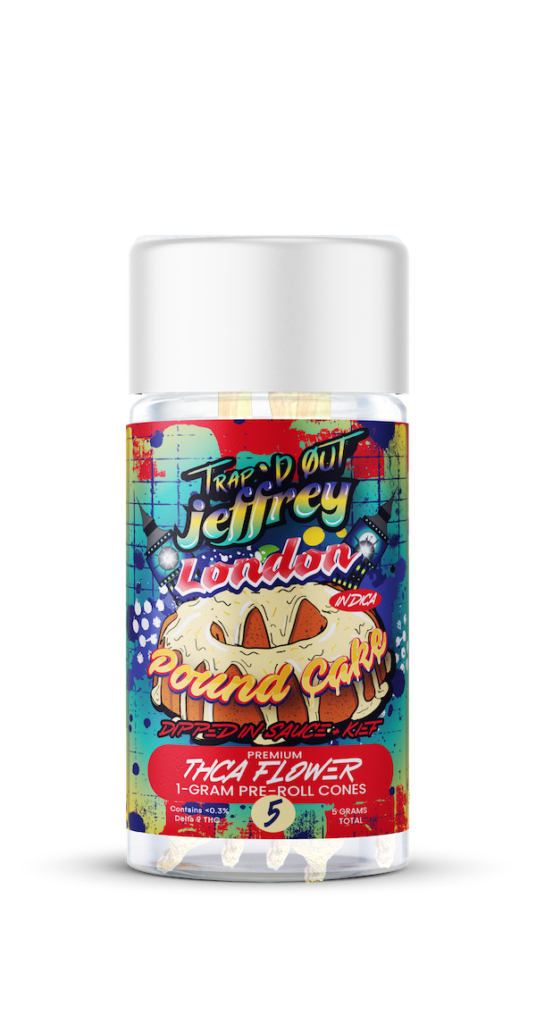


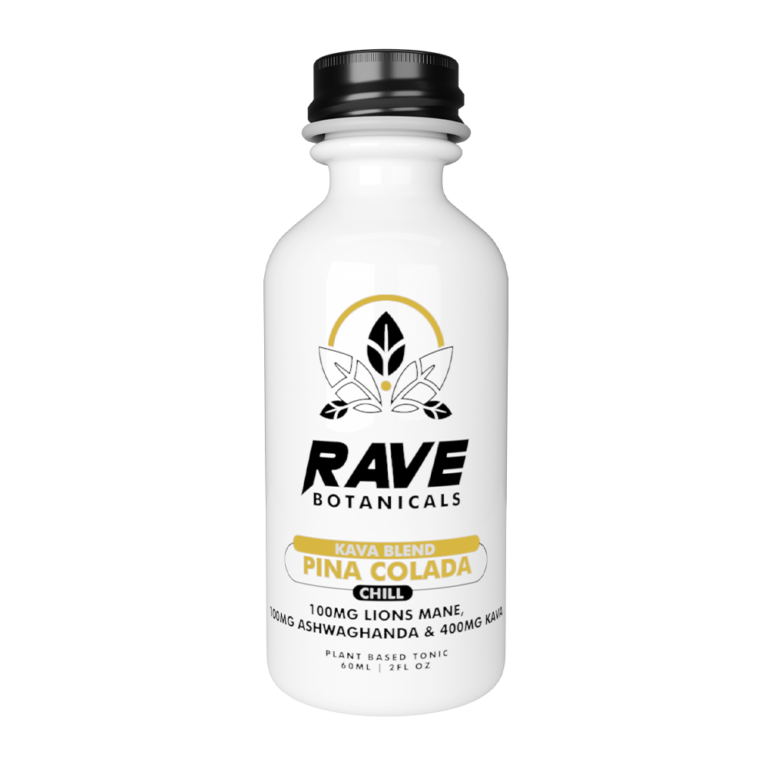
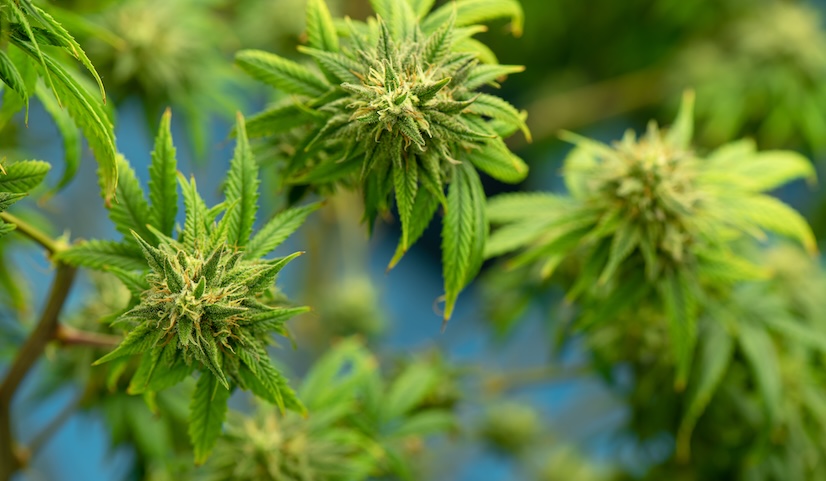
Cannabis has gotten a lot more complex over the last decade. With legalization sweeping across different regions of the country, more cannabis companies and brands are emerging to get in on the action, which has led to something of a renaissance age, where new products, strains, and cannabis derivatives are emerging on the marketplace.
With that has come a whole new wave of terminology to get familiar with, and among those, live resin and live rosin. As you can imagine, it’s incredibly easy to confuse the two, so our goal today is to help you understand how they differ from one another.
Like we said, legalization of cannabis products in different states has led to a sudden rush of legitimate manufacturers looking to launch their own products, and as a result, the market has gotten super competitive. Because of this, there are all kinds of exciting developments in the world of cultivation, breeding, formulating, and even extracting.
Cannabis extraction seems like a pretty straightforward concept. You use one of any number of methods to extract the desirable compounds; mainly the cannabinoids and terpenes – from the raw plant material, so that you have an oily extract that can easily be incorporated into vapes, gummies, tinctures, and what have you. But in reality, the world of cannabis extraction is far more complex and fascinating than that, and you might be surprised by how much different extraction methods can really, really change the outcome of your cannabis experience.
Two great examples are live resin and live rosin, which as you could guess by the name, share some key things in common with one another. These extracts make a huge difference in how much you get to enjoy those powerful cannabinoids and delicious terpenes when you consume the plant, particularly in vape form.
To understand why live resin and live rosin are so valuable to the industry, we need to understand what came before them, which is now referred to as “dry resin”.
Back when the cannabis industry mostly revolved around flower buds, it was standard practice that all flower, upon harvesting, underwent a dry-curing process. This involves storing the buds in a dark, temperature-controlled, low-humidity environment to dramatically reduce their moisture content. The reason why? To ensure that the buds cannot develop mold.
Dry-curing is still used among companies that sell flower, as it’s an extremely effective way to preserve the shelf life of the buds, as mold can be extremely harmful to consume.
Because dry-curing was a standard step to processing cannabis, companies producing non-flower products like vape carts, gummies, tinctures, etc. would produce their cannabis extracts from dry-cured buds. But, in retrospect, that’s a little redundant. After all, running the flower through an extraction process is also a means for preserving the flower, and in fact, the shelf life of an extract is about twice as long as that of dry-cured buds.
Not only that, but dry-curing inevitably destroys a portion of the trichomes of the buds. Trichomes are the resinous glands that coat every flower bud, appearing as tiny crystals, and often giving the flower a sticky feeling. These trichomes exist to fend off predators and attract pollinators, and thus are extremely rich in terpenes and cannabinoids – about twice as potent as the bud itself.
What this means is that an extract made from dry-cured flower is not as potent as one made from fresh flower. And, that’s where live resin and live rosin come in.
Live resin is a full-spectrum extract that’s basically used interchangeably with dry resin. Because of the limitations of dry resin, live resin was developed as an alternative, and is fast becoming the new standard throughout the industry for extract-infused products like gummies, vape oils, and the like.
Live resin is made exactly like dry resin, in that the flower buds are placed into a 3-part CO2 extraction chamber, in which pressurized CO2 is pushed through the buds to produce an oily extract that’s rich in cannabinoids, terpenes, flavonoids, and other desirable compounds. The difference is that while dry resin comes from dry-cured flower, live resin comes from fresh, flash-frozen flower. Essentially, fresh, flash-frozen flower maintains far more of its trichome content, and the result is that live resin is much more potent of an extract. You can tell just by looking at it, as live resin is darker in color and thicker in consistency, hence the name, as it looks a lot like tree resin.
Live resin is noticeably tastier, too. The higher terpene concentration means that the flavor is not only stronger, but richer, cleaner, and more complex. Upon trying live resin vapes for the first time, many people ask if there’s flavoring added to the formula – it’s that good.
And, naturally, live resin implies that the effects you’re getting are stronger than what you’d get from dry resin as well, so that a little bit goes a longer way.
Now we’ve established a good understanding of live resin, and how it elevates your cannabis experience through its higher cannabinoid and terpene concentrations. So, let’s move onto live rosin.
By definition, live rosin is a concentrate, while live resin is an extract. The difference between the two terms is that a concentrate is the result of basically reducing an extract – sort of like the difference between balsamic vinegar and a balsamic reduction, with the latter taking on a thicker consistency and sweeter taste by reducing it down via heat, to concentrate its flavor. In other words, concentrates are more potent forms of extracts.
The reason why live resin and live rosin both have “live” in their names is because both are derived from fresh, flash-frozen flower, instead of dry-cured flower, and now we know the benefits that this distinction brings. The “rosin” comes from the fact that live rosin has an even thicker consistency than live resin, just like real tree rosin, and how it compares to tree resin.
But, there’s a big difference. While live resin undergoes a CO2 extraction process, live rosin does not. In fact, it’s made without the use of any chemical solvents whatsoever, which is a big part of its appeal – basically, people believe that this makes it a “cleaner” and “fresher” concentrate compared to solvent-based concentrates like wax, badder, shatter, etc.
Live rosin is produced by applying high heat and high pressure to the flower, which forces the resin out of the plant material. The heavy heat and pressure mean that this resin is much more concentrated than what we see with live resin, and naturally, that’s going to mean that the flavor and the effects for which you get from live rosin are even more powerful than what you get when using live resin.
In fact, live rosin is regarded as one of the tastiest of all concentrates, hands down. The unique process of making it just does a fantastic job at preserving the terpenes in cannabis, which are the compounds solely responsible for how the plant tastes and smells.
We’ve shared all of the important info you need about what both live resin and live rosin are, and what they bring to the table. Now, let’s put all of that information together and offer some basic comparisons that can help you when deciding between the two.
Both live rosin and live resin give you a major advantage over other types of extractions, in that they come from flash-frozen cannabis buds, to offer an innately higher concentration of the compounds you’re specifically trying to consume. And, both of them are becoming quite popular on today’s marketplace, appearing in all kinds of hemp formulas (especially vapes). Our best advice is to give them both a try, and simply enjoy what each one brings to the table in terms of its potency. You really can’t go wrong by going “live” with your cannabis products.

Shrooms, magic mushrooms, psilocybin, whatever you call them—they’ve earned their spot as the cool, mystical fungi that can take you on a journey through vibrant

Mushrooms have taken the health and wellness scene by storm. From functional mushrooms like Lion’s Mane and Reishi to psychedelic varieties making their way into